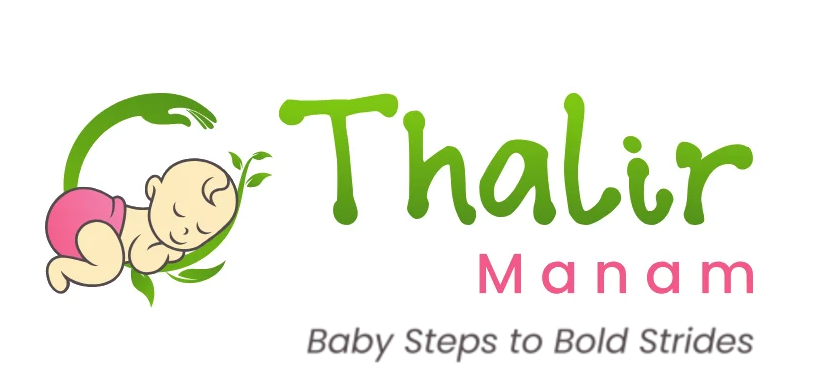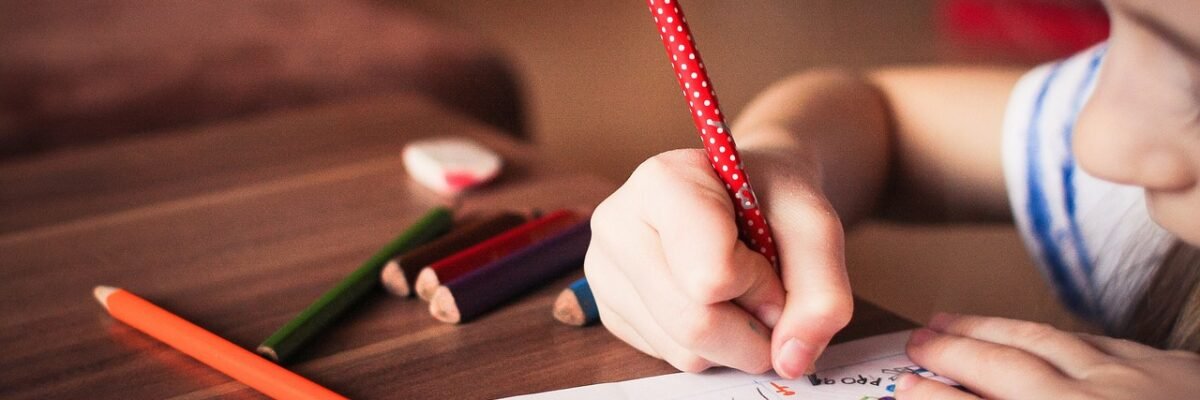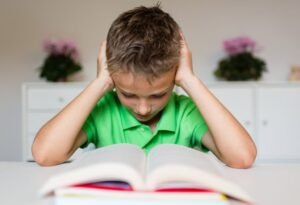Learning Disabilities and Disorders
Does your child struggle with school?
Do they dread reading out loud, writing an essay, or tackling math? Here’s how to recognize the signs of different types of learning disorders.
Learning disabilities or learning disorders are umbrella terms for a wide variety of learning problems.
A learning disability is not a problem with intelligence or motivation and kids with learning disabilities aren’t lazy or dumb.
In fact, most are just as smart as everyone else. Their brains are simply wired differently—and this difference affects how they receive and process information.
Simply put, children and adults with learning disabilities see, hear, and understand things differently. This can lead to trouble with learning new information and skills, and putting them to use. The most common types of learning disabilities involve problems with reading, writing, math, reasoning, listening, and speaking.
While every kid has trouble with homework from time to time, if a certain area of learning is consistently problematic, it might indicate a learning disorder.






